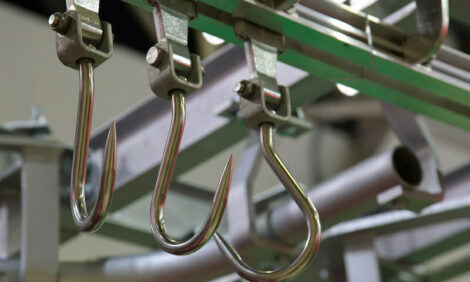



Water - The Threat and the Challenge
ANALYSIS - It is not news that global water resources are becoming scarcer and that there is increasing competition between agriculture and other industries. However a new report, 'The Global Water Crisis: Addressing an Urgent Security Issue', calls on government and policy makers to reform radically attitudes towards water and how it is managed globally, writes Charlotte Johnston, ThePoultrySite editor.Agriculture currently accounts for about 71 per cent of global water
withdrawals and more than 80 per cent of total withdrawals in the developing world.
It is also estimated that as much as an additional 5,200 cubic kilometres may be needed annually for agriculture alone by 2050.
The report states that this will put enormous pressure on existing water supplies in many parts of
the world.
How can we move forward?
Global agriculture must achieve, what some may call an impossible goal, of doubling food production whilst at the same time reducing total water use by 10 per cent by 2050.
Increasing water
productivity in agriculture will be a fundamental part of the solution, says the report.
The ability to
measure, standardise and report metrics is key to sound management. Knowing, for example, the probability of
rainfall and the soil moisture of a region and the water and fertiliser requirements of specific crops will enable
precision agriculture, which will yield 'more crop per drop'.
Since the early 1950s, research and investment in agriculture and water management have been high on the political
agenda of many new nations in Asia and Africa. Major advances in agricultural productivity, driven by Green Revolution
breakthroughs that introduced more resistant crop varieties, together with an increase in fertiliser use and the development
of irrigation infrastructure, made it possible to end famine in Asia and relieve a vast number of people from hunger.
Water control is key to increasing agricultural productivity with the same or less water input. It also
means investing in new institutions and solutions for demand management, says the report.
Investment in
innovative water and land management practices that encourage better water use more sustainably would also help to increase agricultural productivity.
Israel - a leader in precision farming
Israel is an example of a country with scarce water supplies that has turned a vulnerability into a major asset.
Despite the Israeli population nearly tripling since 1964, Israeli farmers have succeeded in producing nine times the amount of
food with a mere three per cent increase in water consumption.
This has been made possible by placing proper valuation on water, investing in advanced education, creating platforms for new business ventures, and developing programmes to attract private funds.
A real change needed
The report recognises that whilst it is easy to propose improved policies, implementation is often not as simple. Political constraints must be recognised in creating new models.
On top of this, the uncertainty of climate change must not be overlooked. This summer we have seen severe wet weather affect many producers in Northern Europe, whilst Russia and the US suffer from severe droughts.
There is little doubt that putting water on the global agenda is critical not just in order to feed nine billion people in 2050 with less agricultural water than available today, but also to address the critical development challenge of doing this in a safe, sustainable way while
protecting the livelihoods of the vast number of rural poor.
Further ReadingYou can view the full report by clicking here. |








